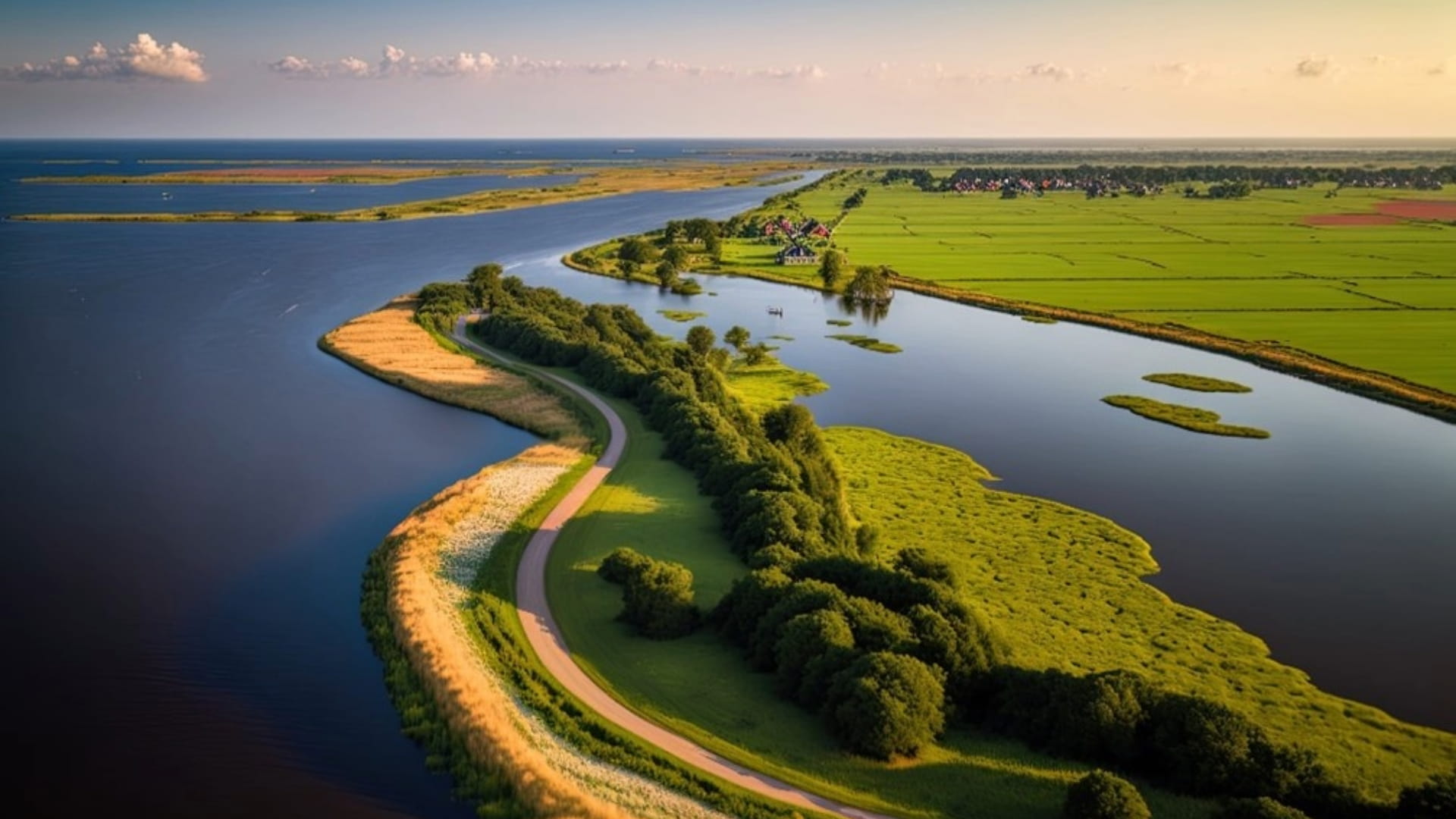140 years of engineering experience
As a Dutch company, we have vast experience living alongside water. Over 140-years we’ve become experts in optimising the use of water resources and implementing hydraulic structures in the UK, South Africa, South-East Asia and Australasia. Our international approach allows us to draw expertise from a range of diverse water environments.

